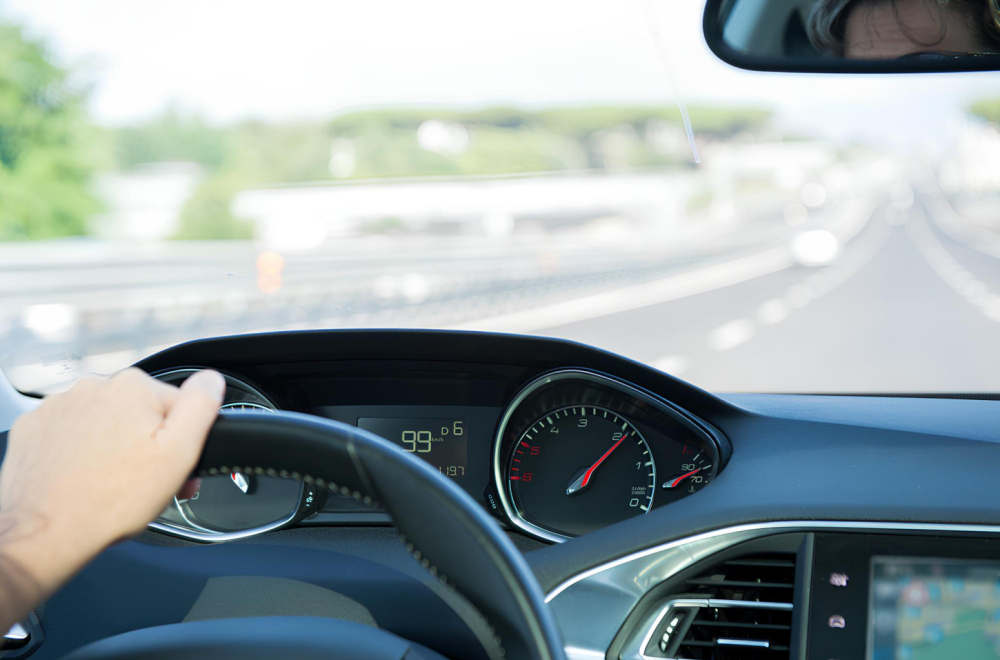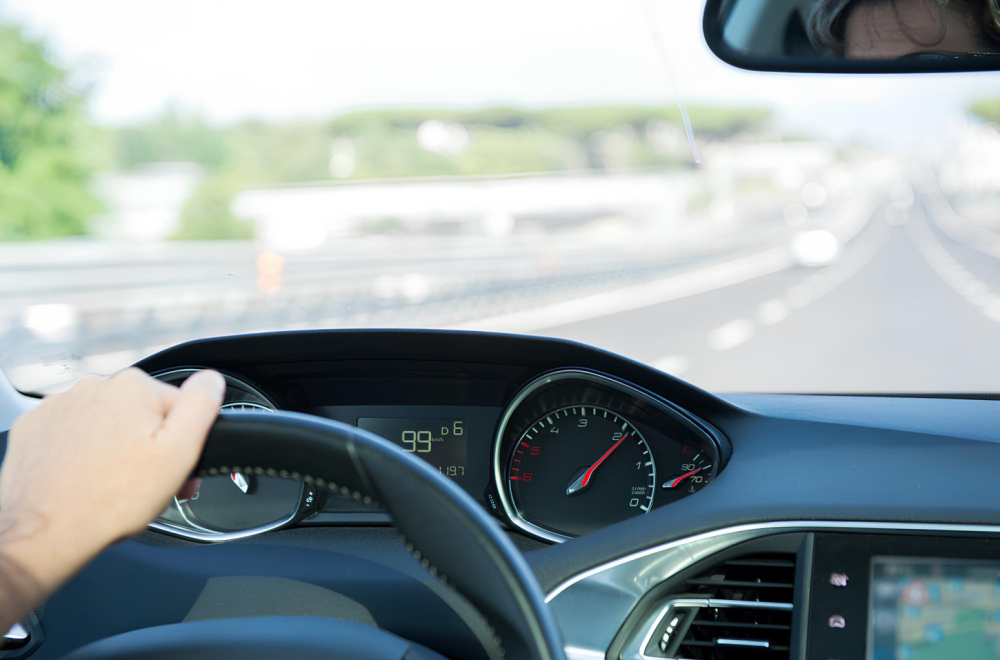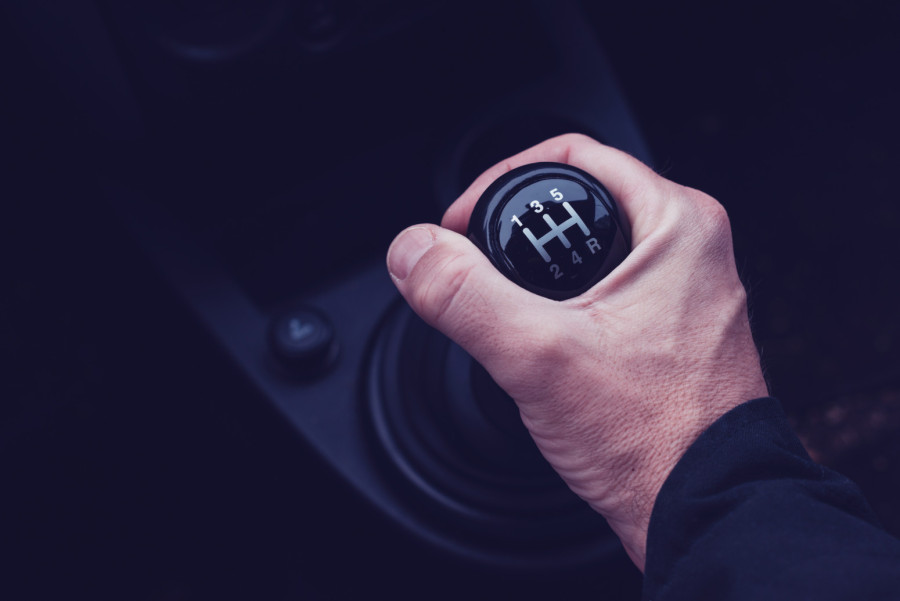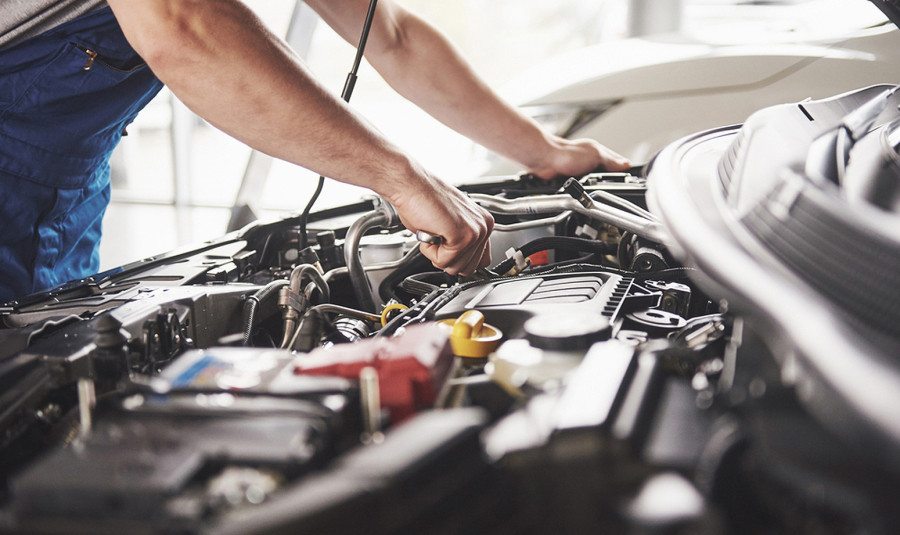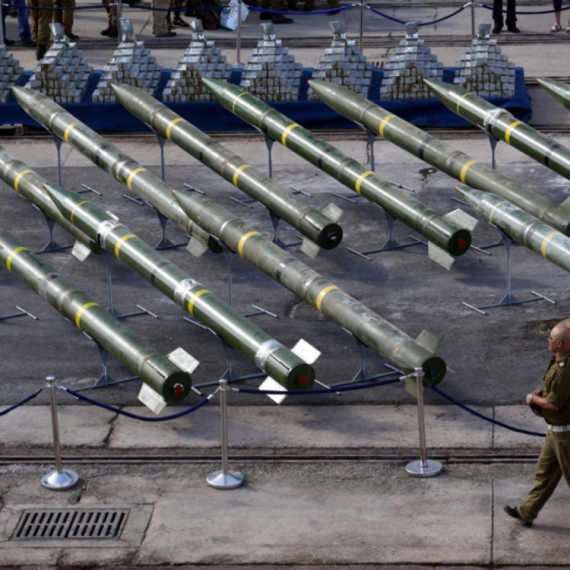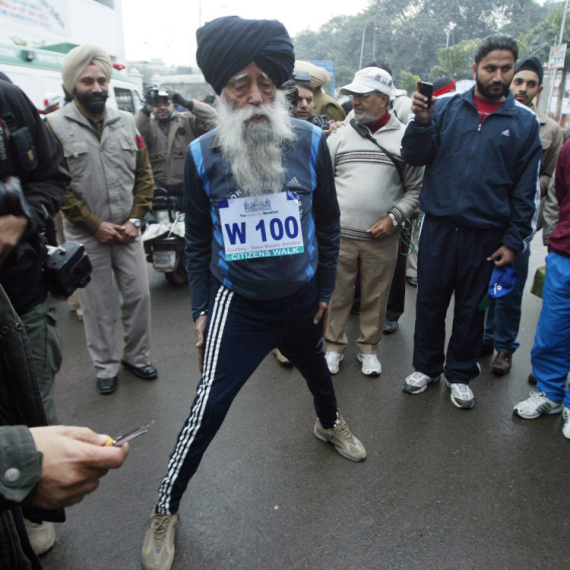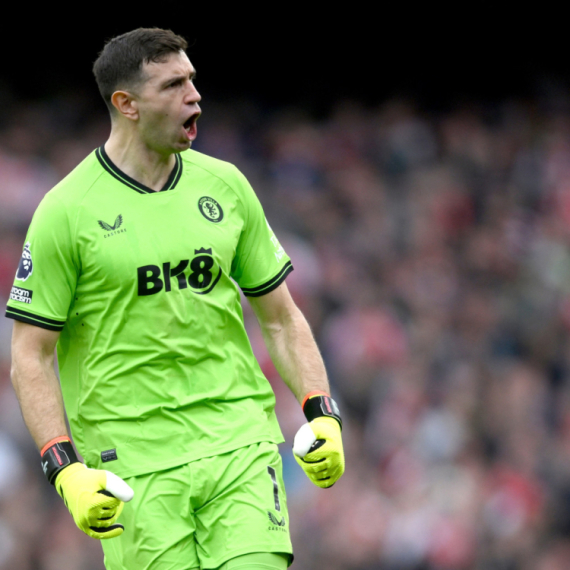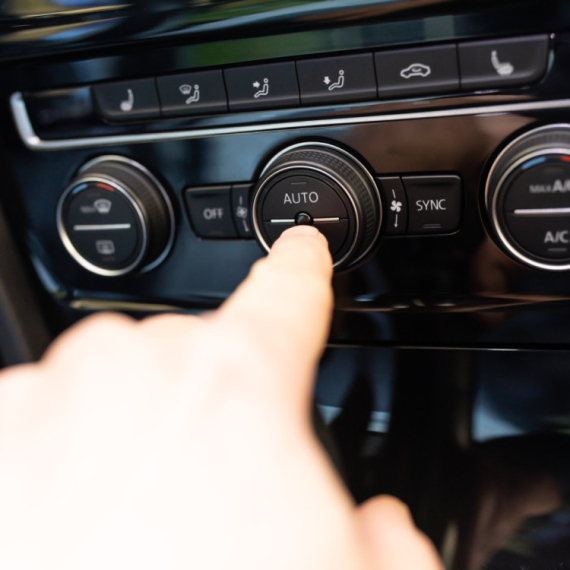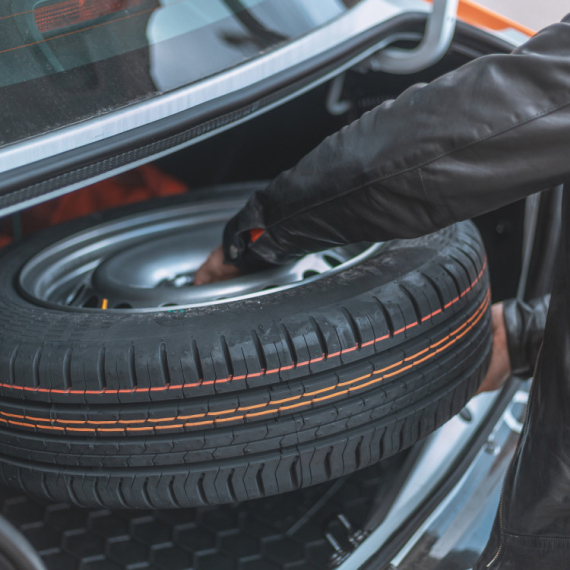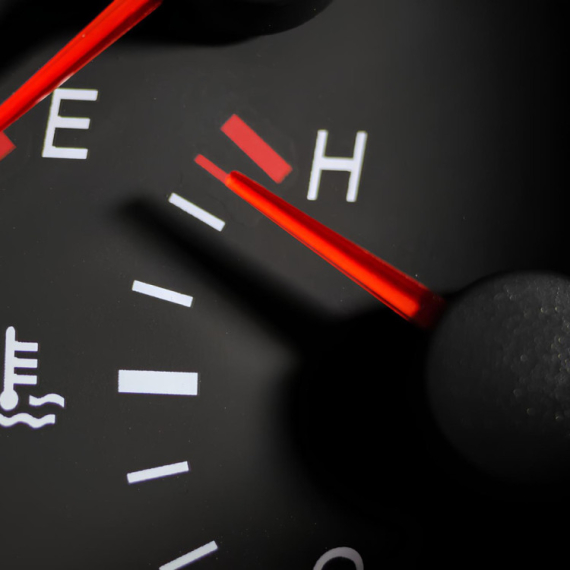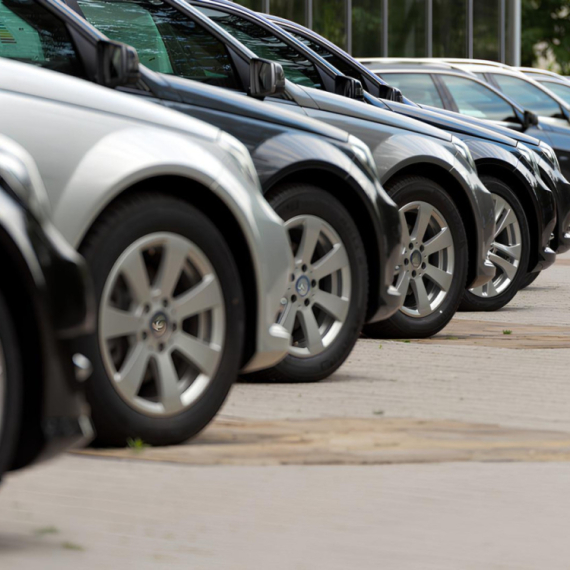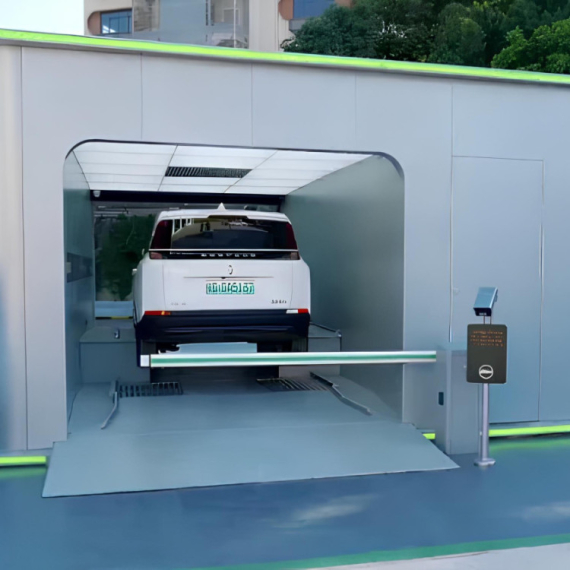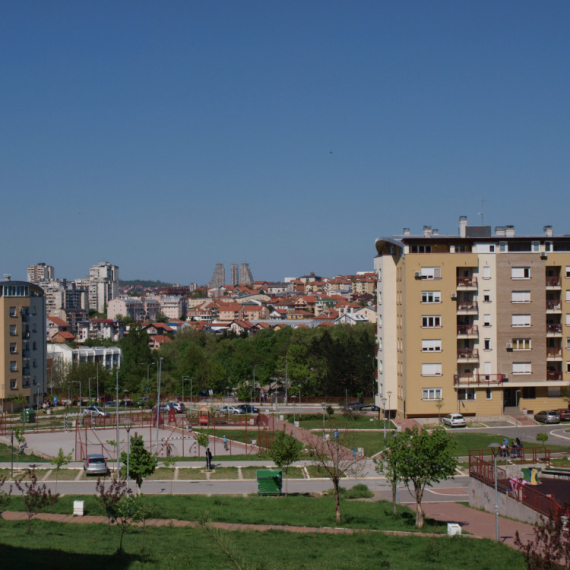Driving a manual transmission car can be a real pleasure, but also a trap for inexperienced drivers who often make an expensive mistake – engine stalling! Yes, that seemingly harmless habit can seriously damage your engine and lead to costly repairs. What is engine stalling? It happens when you try to accelerate sharply in too high a gear, with engine RPMs too low. For example, driving at 50 km/h in fifth gear and just flooring the gas pedal instead of downshifting. Beginners might think higher gear means more power, but the truth is the opposite! Lower gears (first, second, third) deliver torque and efficient acceleration, while fifth and sixth gears are for maintaining steady speed with lower fuel consumption. Accelerating in high gears puts huge strain on the engine, which over time causes serious damage. Common consequences of engine stalling include piston and cylinder damage due to carbon deposits, loss of compression from worn piston rings, and oil contamination with moisture and acids that corrode metal parts. All this leads to expensive repairs that are easy to avoid! How? Simply adopt proper driving habits! Always use lower gears for acceleration and higher gears for cruising. Adjust speed before slowing down and downshift timely. This way, you’ll save your engine, save fuel, and drive safer. It’s not hard, right? If you thought driving was just about pressing the gas pedal, it’s time to change habits and save your car from costly repairs. So, are you guilty of engine stalling? Or do you know someone who is? Share your stories, maybe together we can save at least one engine from doom!
How to Recognize and Avoid Engine Stalling: The Harmful Habit That Can Destroy Your Car
